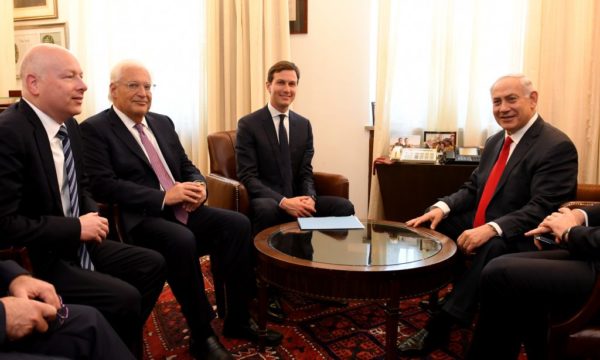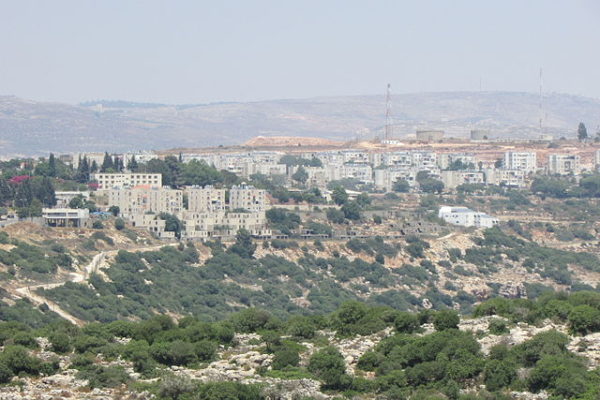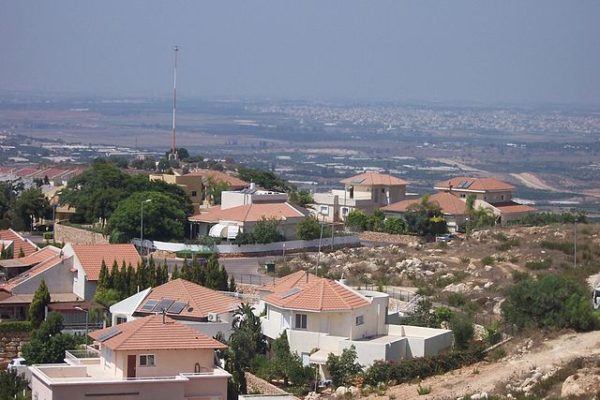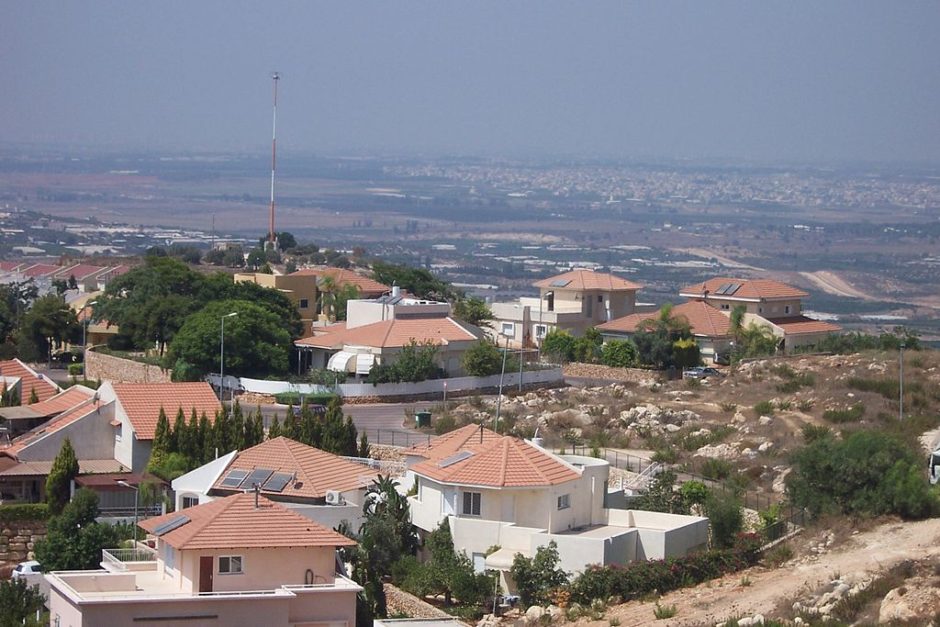Intent on laying the groundwork for a resumption of bilateral peace talks between Israel and the Palestinian Authority, U.S. President Donald Trump sent his top Mideast negotiators, Jared Kushner and Jason Greenblatt, to Jerusalem and Ramallah last week.

Three years after the last round of American-sponsored negotiations broke down in a welter of mutual recriminations, the two envoys met Benjamin Netanyahu, the Israeli prime minister, and Mahmoud Abbas, the president of the Palestinian Authority, in the hope of breaking the diplomatic impasse.
Judging by a sober statement released by White House spokesman Sean Spicer following the envoys’ meeting with the Israeli side, the Trump administration has come to the belated realization that the “ultimate deal,” Trump’s overarching objective, may yet be unattainable. As Spicer said, “The United States officials and Israeli leadership underscored that forging peace will take time and stressed the importance of doing everything possible to create an environment conducive to peacemaking.”
In other words, the same intractable issues that have bedevilled previous U.S. attempts to produce a two-state solution are still in play — final borders, security arrangements, Palestinian refugees and so on.
One of the most vexing issues, the status of Israel’s network of settlements in the West Bank, was raised by the Palestinians during their discussions with the two American representatives.
According to one report, the Palestinians called for an Israeli settlement freeze in the West Bank, a demand Netanyahu will probably resist. Another report indicated that Abbas told the Americans that the settlements are a source of despair because “they remove any future hope for Palestinians to live in their own land.”

Four months ago, in a bid to restart peace talks, the Trump administration asked Israel to “hold back” on settlement activity, which has been a thorn in the side of peacemaking since the Oslo peace process. Though the Israeli government promised to restrain itself, it continues to expand settlements in the West Bank and neighborhoods in annexed East Jerusalem.
Since Trump’s inauguration in January, Israel has approved the construction of 5,500 new homes in these areas, both of which the Palestinians claim.

Peace Now, which monitors settlements in the West Bank, says in a recent report that new settlement construction increased by 34 percent last year. Seventy percent of it took place outside the settlement blocs, which Israel says it intends to keep. The largest number of new homes were built in Efrat (221), Modi’in Illit (190), Beitar Illit (140), Alei Zahav (126), Givat Ze’ev (114) and Male Adumim (97).
Israeli Defence Minister Avigdor Liberman, a settler himself, recently claimed that settlement building is at its highest level since 1992. By his count, 8,345 units have been approved since the beginning of this calendar year.
“There … will not be a government that will take better care of Jewish settlement in Judea and Samaria than our government,” he said on June 11.
Netanyahu has also weighed in on the settlements.
On June 6, he said, “Alongside our desire to reach an agreement with our Palestinian neighbors, we will continue to protect the settlement enterprise and strengthen it.”
On June 20, two days before Kushner arrived in Israel, Netanyahu announced that ground had been broken for Amichai, the first new settlement in the West Bank in 25 years. “After decades, I have the privilege to be the prime minister who is building a new community in Judea and Samaria,” he declared.
Israel began building settlements in the occupied territories within months of its smashing victory in the 1967 Six Day War. The left-of-center Labor Party initiated the project and the right-wing Likud Party expanded it enormously. Both parties offered a considerable array of subsidies and incentives to Jews willing to live in settlements beyond the old Green Line.
In the past 50 years, Israel has spent a fortune on creating and maintaining settlements. The Macro Centre for Political Economics estimates that Israel has poured $20 billion into them. Another non-governmental organization, the Adva Center, says the settlements received $15 billion in funds between 1988 and 2015.
Netanyahu’s government has been zealous in expanding West Bank settlements. So much so that opposition leader Isaac Herzog has suggested that settlements could be an obstacle to making peace with the Palestinians. As he put it, “I say with certainty that Netanyahu is incapable of reaching peace with the Palestinians. ”
Netanyahu is more interested in “personal survival” than in reaching a rapprochement with the Palestinians, he charged.
Predicting that the Trump administration will eventually grow tired of Netanyahu’s pro-settlement policies, Herzog predicted that the White House may yet blame Israel for the failure of yet another peace process. “He can talk, procrastinate and bluff,” said Herzog of Netanyahu. “One day, the White House will have had enough. Netanyahu cannot give Trump what Trump needs to get the Palestinians to negotiate, because Netanyahu is not really ready to go for the establishment of a Palestinian state.”
These are indeed fighting words.
